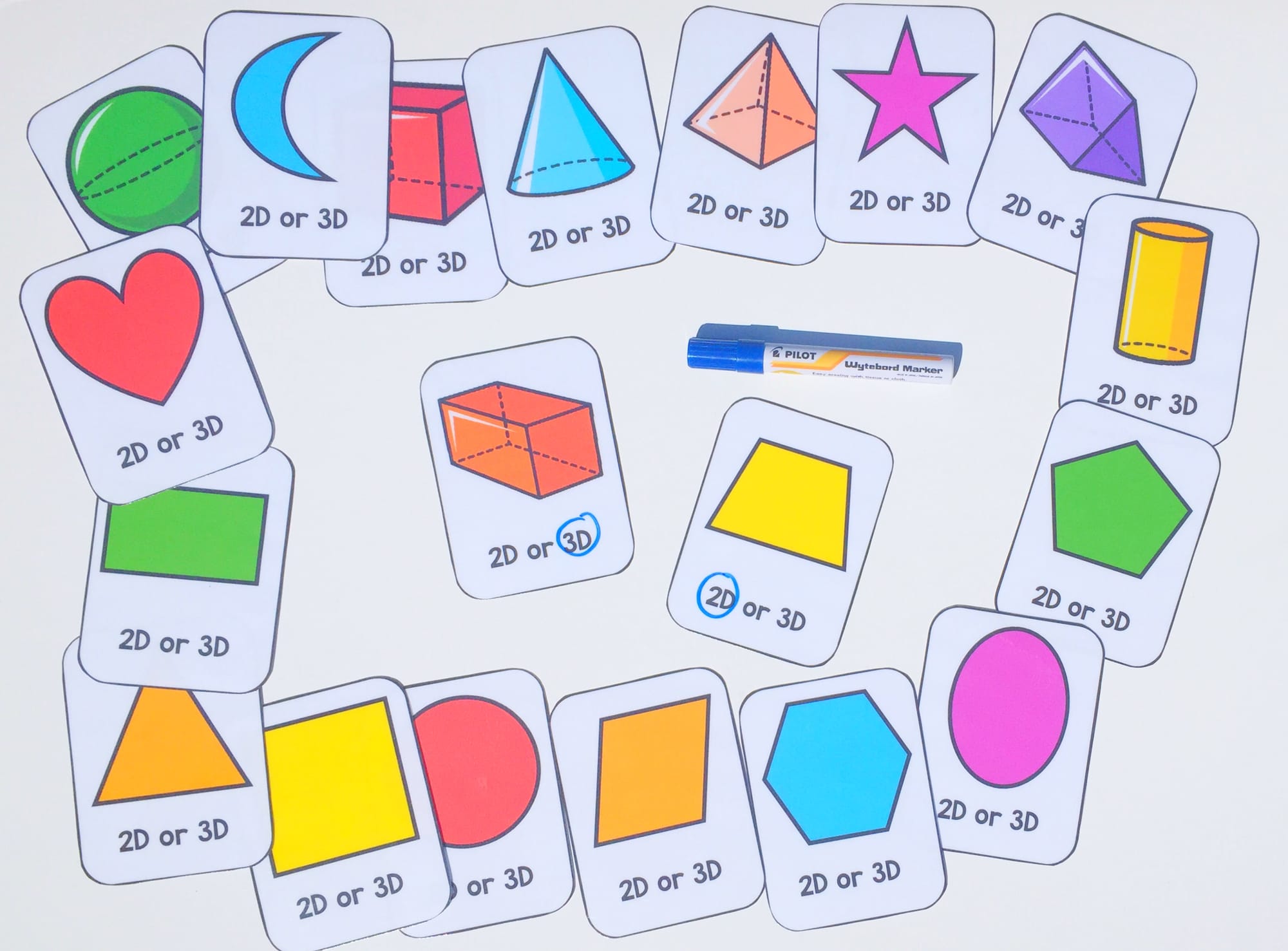Engaging Ways to Teach Kids 2D and 3D Shapes
Teaching young students about 2D and 3D shapes is not only essential for their mathematical education but also an opportunity to have a lot of fun! Shapes are everywhere, from the wheels on the bus to the ice cream cone you might promise as a treat after a particularly successful lesson. Let's dive into how to make learning about shapes an engaging adventure for your little geometric geniuses.
Why Learning Shapes is a Big Deal
Understanding shapes is like having a superpower. Here's why:
1. Spatial Awareness
Recognizing shapes helps kids navigate the world—like knowing how to fit through a doorway without bonking their heads. Spatial awareness is a crucial skill that kids develop as they learn to interpret and understand the space around them. By recognizing and identifying shapes, children learn to perceive and predict how objects relate to each other and to themselves. This skill is not only essential for physical navigation but also plays a significant role in problem-solving and logical thinking.
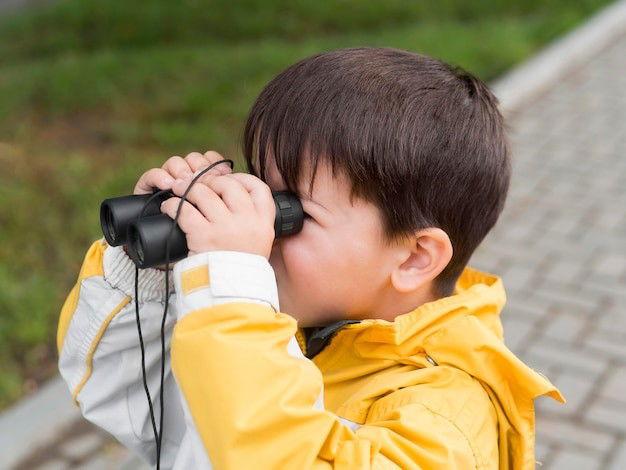
2. Math Foundation
Shapes are the building blocks of geometry. Mastering them sets the stage for tackling more complex math. When students understand the properties and relationships between shapes, they are better prepared to grasp more advanced geometric concepts in later grades. Additionally, this foundational knowledge supports other areas of mathematics, such as algebra and calculus, where geometric principles often come into play.
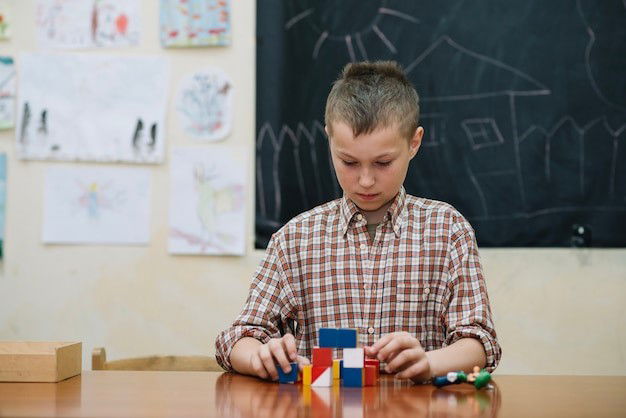
3. Problem-Solving Skills
Shapes teach kids to visualize and manipulate forms, which is crucial for problem-solving. Plus, it's handy for figuring out how to fit all their toys back in the box. By learning how to deconstruct and reconstruct shapes, children develop critical thinking skills. They learn to approach problems from different angles, consider multiple solutions, and understand the importance of precision and planning.
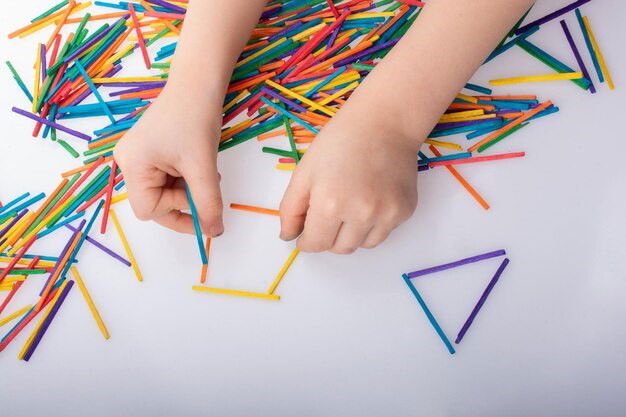
4. Real-World Connections
From the hexagons in honeycombs to the rectangles of our screens, shapes are all around us. Learning about them helps kids see the math in their everyday world. Recognizing shapes in the environment helps children make sense of their surroundings and understand the design and structure of objects. This connection to the real world makes learning about shapes more meaningful and engaging.
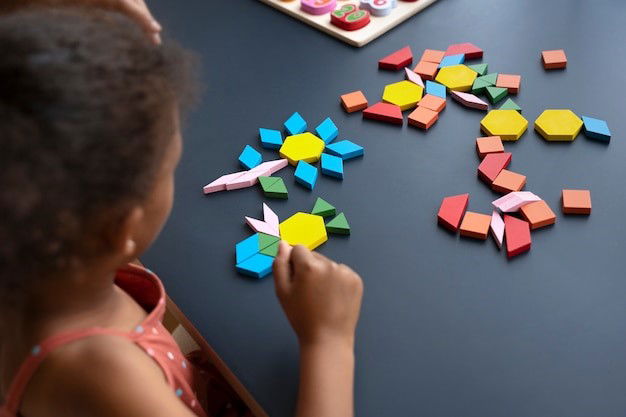
2D and 3D Shapes Activities
1. 2D and 3D Shapes Flashcards
2D and 3D Shapes Flashcards are a great resource for introducing and reviewing the fundamental concepts of shapes, their names, and their attributes. This approach not only reinforces shape recognition but also encourages deeper understanding through active participation.
2. 2D and 3D Shapes Worksheets
Perfect for learning shape names, sides, faces, edges, vertices, and positions. Think of these as the 'shape training wheels.' Worksheets provide structured practice that helps students consolidate their understanding of shapes. They can be used for various purposes, including classwork, homework, and assessment.

This is your map to the shape treasure, providing a handy reference for students. The chart includes visual representations of each shape along with their names and attributes, making it an excellent tool for quick reference and review.

4. 2D and 3d Shapes Attribute Task Cards
Ideal for introducing and reviewing shape names and attributes. These are versatile tools that can be used for individual practice, group activities, or competitive games. They help reinforce key concepts and encourage active participation.
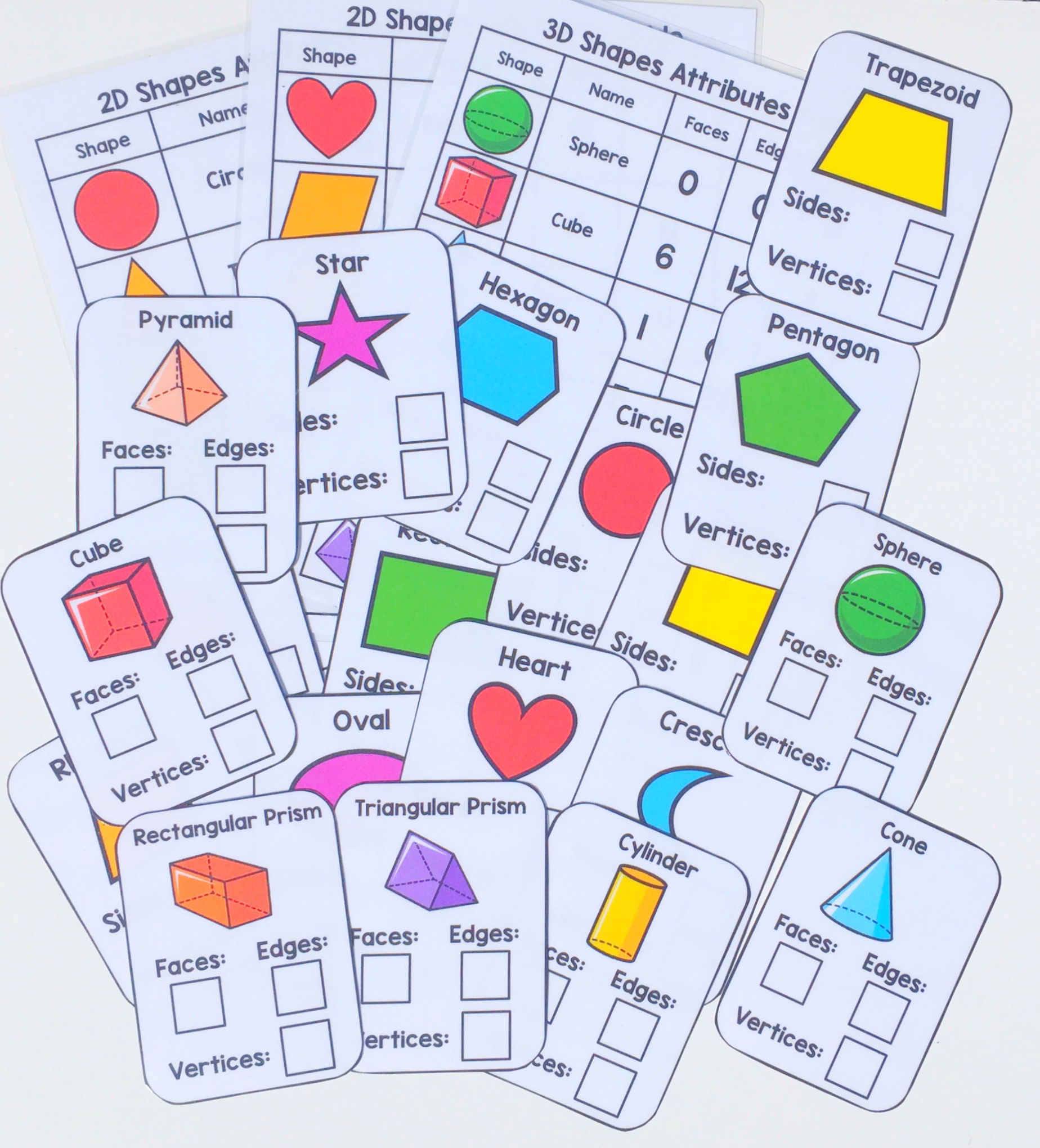

5. Building 2D and 3D Shapes Activity
- Sticks and Clay Task Cards- These hands-on activities encourage kids to build shapes. It's like playing with Play-Doh, but educational! By constructing shapes with sticks and clay, students gain a deeper understanding of the properties and structures of different shapes. This hands-on approach helps solidify their learning and makes abstract concepts more concrete.

- Clay Shape Task Cards Incorporating hands-on activities into lessons can make learning more engaging and memorable for students. Clay Shape Task Cards offer a creative way to explore geometry concepts through tactile learning. This activity not only supports shape recognition but also encourages creativity and critical thinking as students experiment with different shapes and forms.
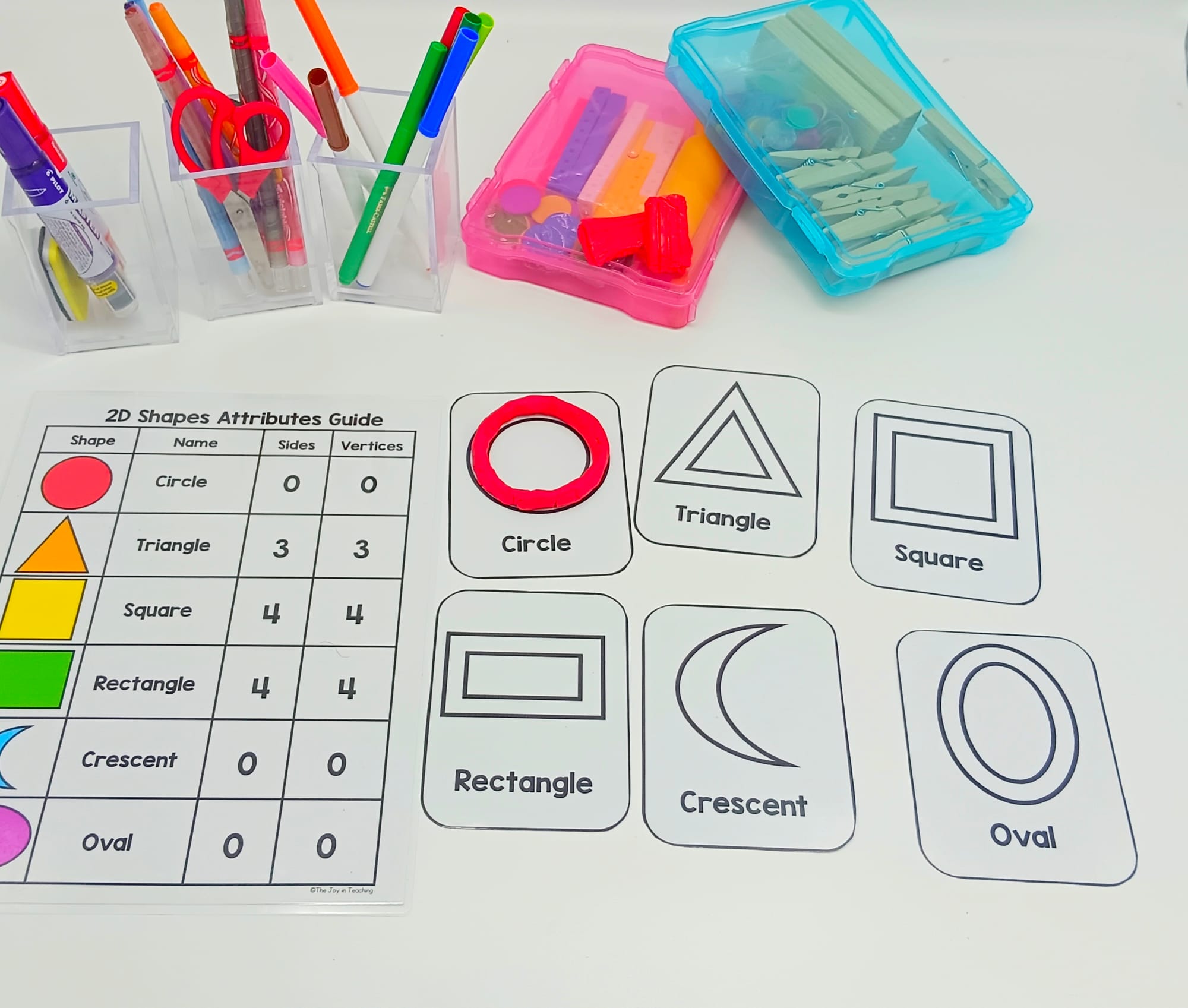

- Cutting Shape Task Cards These teach that larger shapes can be made of smaller ones. It’s like giving kids the keys to the shape version of LEGO. Cutting and assembling shapes from smaller components help students understand the concept of composition and decomposition in geometry. This activity also enhances their fine motor skills and spatial reasoning.

- Position Task Cards Help students master shape names and their positions, turning them into little geometry navigators. Position task cards introduce and reinforce the vocabulary of spatial relationships, such as above, below, beside, in front of, behind, and next to. This understanding is essential for describing and interpreting the arrangement of objects in space.

Aligning with Educational Standards
The activities align with key educational standards, making sure your teaching is top-notch and meets all the right guidelines:
- CCSS.Math.Content.K.G.B.5: Model shapes in the world by building shapes from components (like sticks and clay balls) and drawing shapes.
- CCSS.Math.Content.K.G.B.6: Compose simple shapes to form larger shapes. (Two triangles can make a rectangle—magic!)
- CCSS.Math.Content.K.G.A.2: Correctly name shapes regardless of their orientations or overall size. (A square is a square, even if it's on its tip!)
- CCSS.Math.Content.K.G.A.3: Identify shapes as two-dimensional (lying in a plane, "flat") or three-dimensional ("solid").
- CCSS.Math.Content.K.G.A.1: Describe objects in the environment using names of shapes and describe their positions using terms like above, below, beside, in front of, behind, and next to.
Materials Needed For Your Shape Activities
- Sticks and clay
- Markers
- Paper (your favorite kind)
- Laminating sheets (for durability)
- Laminating machine (because laminated stuff is just cooler and stays longer)
- Scissors (safety first, folks!)
- Other manipulatives such as shape blocks
Benefits of Using These Activities for Learning 2D and 3D Shapes
1. Worksheets
Worksheets are great for learning the nitty-gritty details of shapes. They can be used for:
- Classwork: Keep kids busy and learning during math lessons.
- Homework: Send them home with worksheets to continue the shape fun.
- Morning Work: A perfect way to start the day with a focus on shapes.
- Center Activities: Set up a shape station where students can work independently.
2. Charts
The 2D and 3D Shapes Chart is like a cheat sheet for students:
- They can check their answers during activities.
- It helps them visualize and understand the attributes of different shapes.
- They can use it to boast about their shape knowledge to their friends.
3. Flashcards and Attribute Task Cards
Flashcards and task cards are the best way to mix learning with fun:
- Introduction: Kick off lessons with flashcards to introduce new shapes.
- Review: Use them to keep shape knowledge fresh.
- Games: Play matching games or 'Shape Snap' to make learning a blast.
4. Building Shapes Task Cards
- Students build shapes, understanding their structure.
- Enhances understanding of shape composition.
- They develop fine motor skills while playing.
- Encourages creative thinking about how shapes fit together.
- It's a perfect excuse to let kids get their hands a little messy in the name of education.
- Position Task Cards
Position task cards help kids master shape names and their positions:
- They learn to describe where shapes are in space.
- Reinforces spatial reasoning.
- Turns kids into little geometry navigators.
Practical Tips for Teaching Shapes
1. Incorporate Everyday Objects
Use items from around the classroom or home to teach shapes. "Look, the clock is a circle! Time to learn about shapes!" Everyday objects are a treasure trove of shapes waiting to be discovered. By pointing out and discussing the shapes found in common items, you can make learning about shapes more relatable and engaging for your students.

2. Use Technology
There are tons of apps and online games focused on shapes. These provide interactive and engaging ways for students to practice their skills. Technology can bring shapes to life through animations, interactive exercises, and virtual manipulations. Look for educational apps and websites that offer activities specifically designed for teaching shapes to young learners.
3. Make It Interactive
Get kids moving with shape-related activities. "Shape Relay Race," anyone? Interactive activities that involve physical movement help reinforce learning by engaging multiple senses and making the experience more memorable. Organize activities where students can move around the classroom, identify shapes in their environment, and participate in hands-on projects.
4. Encourage Creativity
Let students create their own shape monsters or shape art. Combining shapes to make new creations sparks creativity and reinforces shape knowledge. Provide various art supplies and encourage students to experiment with combining different shapes to create unique artworks, characters, or scenes.
5. Relate to Real-World Examples
Discuss how shapes are used in architecture, nature, and art. Show students how shapes play a role in the design of buildings, the structure of natural objects, and the creation of artworks. By connecting shapes to real-world examples, you make learning about shapes more meaningful and relevant.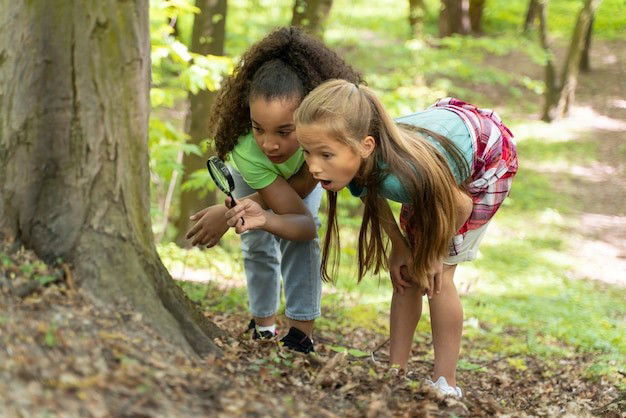
Engaging Shape Activities
1. Shape Snap - "Shape Snap" is likely a game or activity designed to help students learn and recognize different shapes, possibly by matching or identifying shapes quickly. It could involve using cards or other materials where students snap or pick up cards when they see a matching shape or identify a shape based on its attributes. This kind of game would be useful for reinforcing shape recognition and attributes in a fun and engaging way.

2. Shape Monsters - Let students create "shape monsters" using cut-out shapes. They can mix and match different shapes to make their own unique creatures. This activity promotes creativity and helps students understand how different shapes can be combined to create new forms. 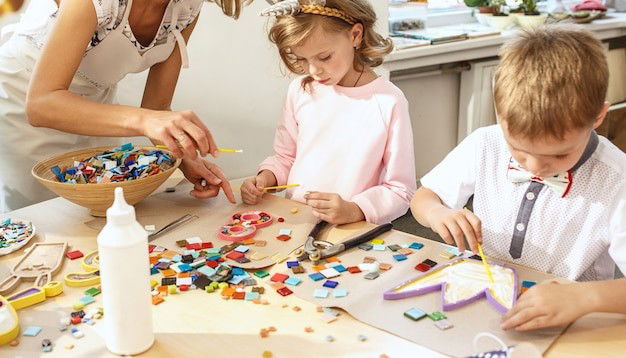
3. Shape Sorting- Provide a variety of objects and ask students to sort them into groups based on their shapes. Sorting activities develop classification skills and help students identify the properties that define each shape.
4. Shape Stories- Have students create short stories or comics where the characters are different shapes. This activity combines literacy with math, encouraging students to think about shapes in a narrative context.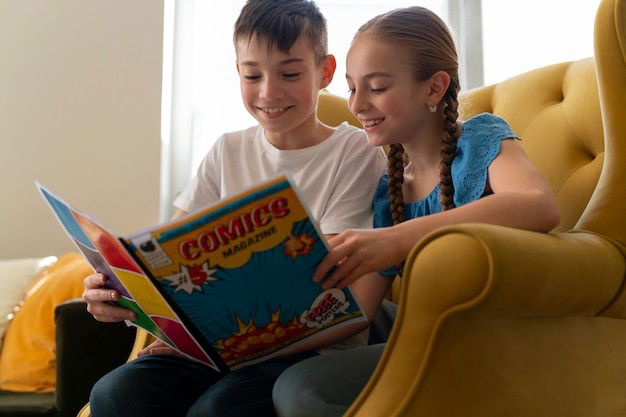
5. Shape Puzzles- Create puzzles where students have to fit shapes together to form a specific picture or design. Puzzles enhance spatial reasoning and problem-solving skills. 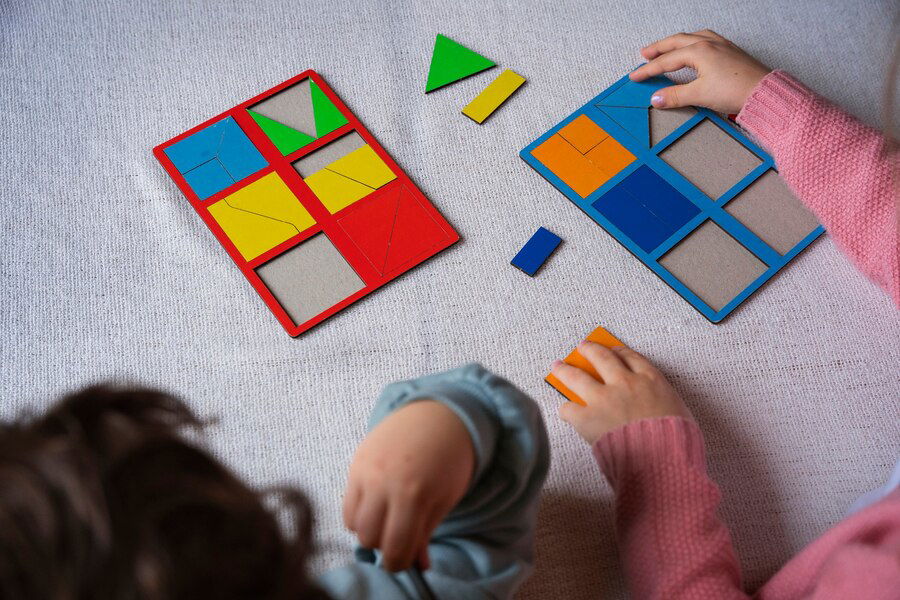
6. Shape Relay Races- Organize relay races where students have to identify or construct shapes at different stations. This physical activity reinforces shape knowledge while providing a fun and energetic break from traditional classroom activities.
7. Shape Art Gallery- Set up a mini art gallery where students can display their shape-related artwork. Invite other classes or parents to visit the gallery. This activity promotes pride in their work and reinforces the importance of shapes in art and design. 
8. Shape Music- Incorporate music and movement by having students form shapes with their bodies or use musical instruments to create patterns that represent different shapes. This multisensory approach engages different learning styles and makes learning about shapes more dynamic. 
Planning Your Lesson

When planning your lessons, consider the following these tips:
- Set Clear Objectives: Define what you want your students to learn and achieve with each activity. Having clear goals will help you measure progress and ensure that your lessons are focused and effective.
- Mix and Match Activities: Use a combination of worksheets, hands-on activities, and interactive games to keep students engaged. Variety is key to maintaining interest and catering to different learning styles.
- Use Real-World Examples: Incorporate examples from the students' environment to make the lessons more relevant and relatable. Discuss how shapes are used in architecture, art, nature, and everyday objects.
- Encourage Exploration: Allow students to explore shapes on their own and in groups. Encourage them to ask questions, make observations, and experiment with different materials and methods.
- Provide Feedback: Give constructive feedback to help students understand their strengths and areas for improvement. Celebrate their successes and guide them through challenges.
Incorporating Technology
Leverage technology to enhance your lessons and provide additional resources for students:
1. Interactive Whiteboards: Use interactive whiteboards to demonstrate concepts and engage students in group activities. Interactive whiteboards can make lessons more dynamic and visually appealing. 
2. Educational Apps: Integrate educational apps and online games that focus on shape recognition and manipulation. These tools offer interactive and engaging ways for students to practice their skills. 
3. Virtual Field Trips: Take virtual field trips to museums, art galleries, and architectural sites that feature prominent shapes. Virtual field trips can broaden students' horizons and provide real-world context for their learning.
4. Online Resources: Access online resources, such as videos, tutorials, and printable materials, to supplement your lessons. The internet is a treasure trove of educational content that can enrich your teaching.
Assessing Student Progress
- Regular assessment is crucial for understanding student progress and identifying areas that need further attention. Consider the following assessment methods:
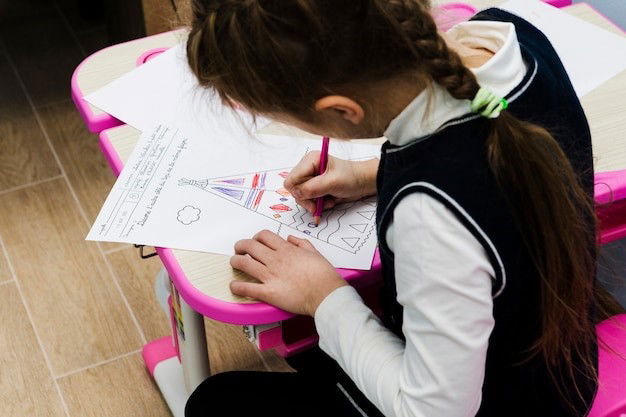
- Quizzes and Tests: Use quizzes and tests to evaluate students' understanding of shape names, properties, and relationships. Quizzes can be formal or informal, depending on your goals.
- Performance Tasks: Assess students' ability to apply their knowledge by having them complete performance tasks, such as building shapes with sticks and clay or creating shape-based art projects.
- Observation: Observe students during activities and take notes on their performance, participation, and engagement. Observation provides valuable insights into students' learning processes and behaviors.
- Student Self-Assessment: Encourage students to assess their own progress by reflecting on what they have learned and identifying areas for improvement. Self-assessment fosters metacognitive skills and self-awareness.
- Peer Assessment: Involve students in assessing each other's work. Peer assessment promotes collaboration and critical thinking, as students provide feedback and learn from each other.
Conclusion
Teaching 2D and 3D shapes to kids is like opening a door to a world of geometric wonder. By using a variety of activities—from worksheets to hands-on projects—you can help your students master the names, structures, and attributes of shapes in a fun and engaging way. The 2D and 3D Shapes Activity Bundle is a treasure trove of resources that will turn your classroom into a hub of geometric discovery.
Follow these tips, incorporate humor and creativity into your lessons, and watch as your students become shape-savvy explorers. Happy teaching, and may your days be filled with the joy of learning!
Your message looks great! Here's a slightly refined version for clarity and consistency:
Follow Me for More Teaching Tips with Joy
For more tips, resources, and a daily dose of teaching, follow me on:
Got questions or want to share your success stories? Drop me an email at thejoyinteaching@gmail.com. I love hearing from fellow educators and parents!
Happy Teaching!
Joy Medalla
The Joy in Teaching 💛
Want a free 2D and 3D Shapes Guide?
Click here:
